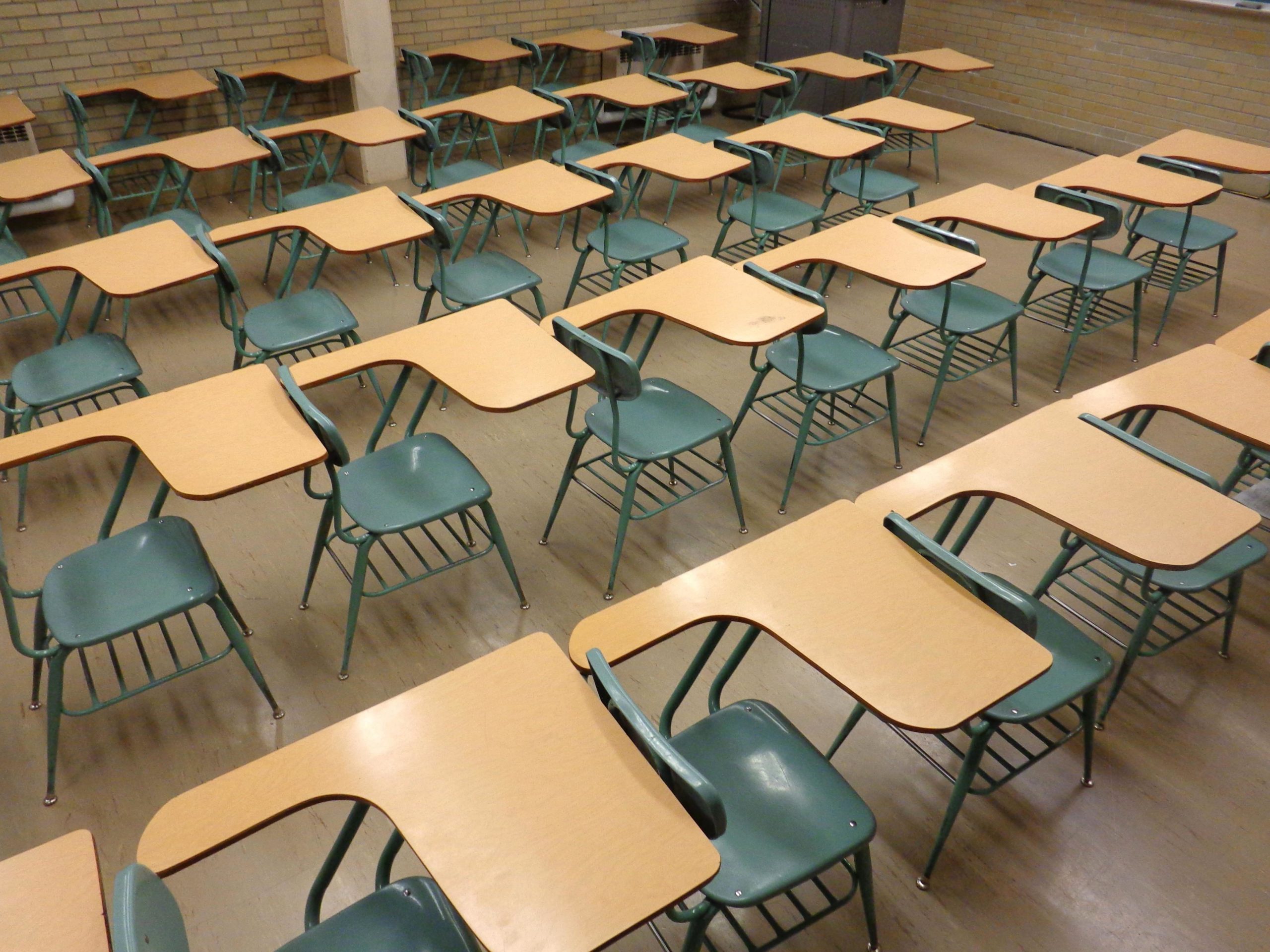Arizona voters may vote on a referendum on a bill to expand empowerment scholarship accounts in 2024. On September 23, the Save Our Schools PAC submitted 141,714 signatures to put a referendum on the ballot.
In Arizona, an empowerment scholarship account, or ESA, allows parents or guardians of students with disabilities to sign a contract to opt out of the public school system, and instead receive an ESA from the Arizona Department of Education (DOE) that could be spent on private education, homeschooling, or other non-public education. Between 2011 and 2017, the program was expanded to cover students meeting other specified criteria.
In 2017, the Arizona State Legislature passed Senate Bill 1431 (SB1431) to expand the ESA program to make all K-12 students eligible. The Save Our Schools PAC led the campaign to place a veto referendum against SB1431 on the general election ballot for 2018. Voters rejected SB 1431, repealing the law.
During the 2022 legislative session, lawmakers passed House Bill 2853, which would expand the ESA program to include all students eligible to enroll in an Arizona public school for kindergarten, grades one through twelve, or a preschool program for children with disabilities.
If certified for the ballot in 2024, Arizona voters will decide on upholding or repealing HB 2853.
Matt Beienburg, director of education policy for the Goldwater Institute, said, “At the end of the day the purpose of the ESA program and school choice is to give parents the ability to pursue the best education for their kids, regardless of what form it comes in. We are focused on individual student aid, not an institution or a particular form of education.”
Beth Lewis, executive director of Save Our Schools and opponent of HB 2853, said that tax dollars should not be used to fund non-public schools. “If a school wants to take public funds, they need to take public accountability,” she said.
As signatures have been submitted for the veto referendum, the petition needs to go through a verification process to determine the number of valid signatures. Signatures are validated through a random sampling process. The petition will need 118,823 valid signatures to qualify for the ballot.


